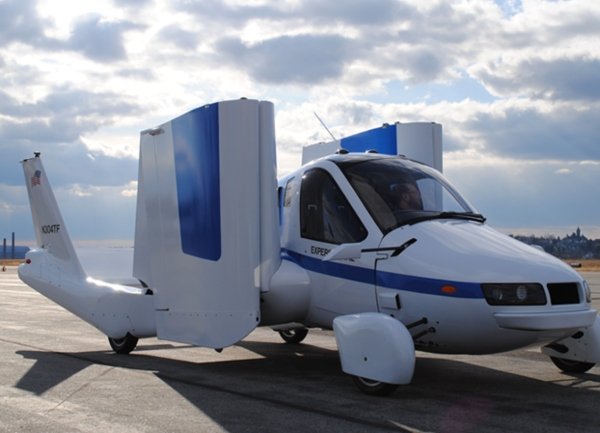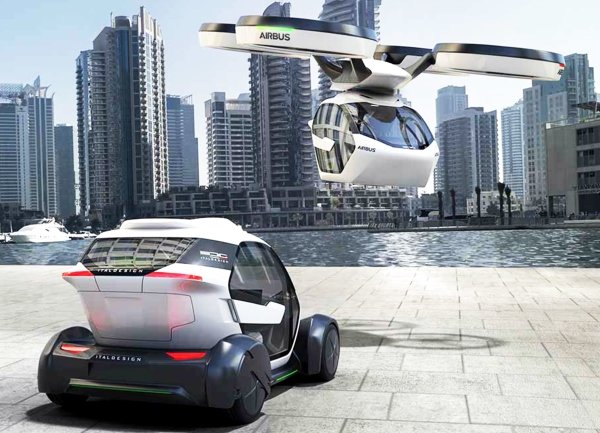Popular Stories
YOU MIGHT BE INTERESTED IN
Living Your Dream with Top Flying Cars
by IndianAuto Team |
12/03/2019
Have you ever thought about taking off and flying away in a cool futuristic flying car? Your dreams might become a reality sooner than you think. Live out your dreams with these top flying cars.
- Tag:
- Top Cars
- Flying Cars
















 Follow us on google news
Follow us on google news
